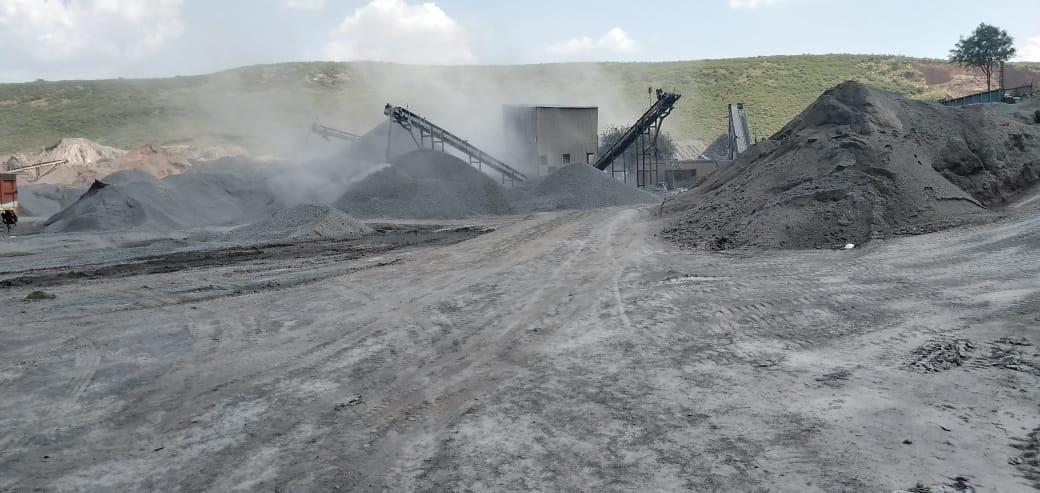
Aggregates
Aggregate is a granular material, such as sand, gravel, crushed stone, crushed hydraulic-cement concrete, or iron blast-furnace slag, used with a hydraulic cementing medium to produce either concrete or mortar. Types of aggregates include Coarse aggregate and fine aggregate. The aggregate of each type is further subdivided into many types and classifications based on its size. The technique of Sieve Analysis is used for gradation of aggregate for use in concrete and for other applications.
Aggregate is called bound material when it is mixed with cement or binding materials and referred to as unbound material when used without cement or binding materials.
01. Coarse Aggregate
Coarse-grained aggregates will not pass through a sieve with 4.75 mm openings (No. 4).
Those particles that are predominantly retained on the 4.75 mm (No. 4) sieve and will pass through a 3-inch screen, are called coarse aggregate. The coarser the aggregate, the more economical the mix. Larger pieces offer less surface area of the particles than an equivalent volume of small pieces. Use of the largest permissible maximum size of coarse aggregate permits a reduction in cement and water requirements. Using aggregates larger than the maximum size of coarse aggregates permitted can result in interlock and form arches or obstructions within a concrete form. That allows the area below to become a void, or at best, to become filled with finer particles of sand and cement only and results in a weakened area.
For Coarse Aggregates in Roads following properties are desirable:
1. Strength
2. Hardness
3. Toughness
4. Durability
5. Shape of aggregates
6. Adhesion with bitumen
02. Fine Aggregate
The other types of aggregates are those particles passing the 9.5 mm (3/8 in.) sieve, almost entirely passing the 4.75 mm (No. 4) sieve, and predominantly retained on the 75 µm (No. 200) sieve are called fine aggregate. For increased workability and for the economy as reflected by the use of less cement, the fine aggregate should have a rounded shape. The purpose of the fine aggregate is to fill the voids in the coarse aggregate and to act as a workability agent.
The properties of Aggregates also has an effect on the resulting concrete. e.g. variation in size, grading, texture, shape, and strength of aggregates means variation in the properties of the resulting concrete.
Purpose & Uses of Aggregates
In concrete, an aggregate is used for its economy factor, to reduce any cracks and most importantly to provide strength to the structure.
1. Aggregates are used as the base, subbase, and/or surface of roads in several forms.
2. In roads and railway ballast, it is used to help distribute the load and assist in ground water running off the road.
3. Increases the volume of concrete, thus reduces the cost. Aggregates account for 60-75% of the volume of concrete and 79-85% weight of PCC.
4. Provide dimensional stability.
5. Influence hardness, abrasion resistance, elastic modulus, and other properties of concrete to make it more durable, strong, and cheaper.
6. Other uses include fills, backfills, and drainage and filtration applications.
Our Products
Our Products
Location
A-45-SF, BPTP Park Elite Floor-II, Sector-85, Faridabad, Haryana, 121002
Phone Number:
+91-9810092144,
+91-9555000044,
+91-9953774444

